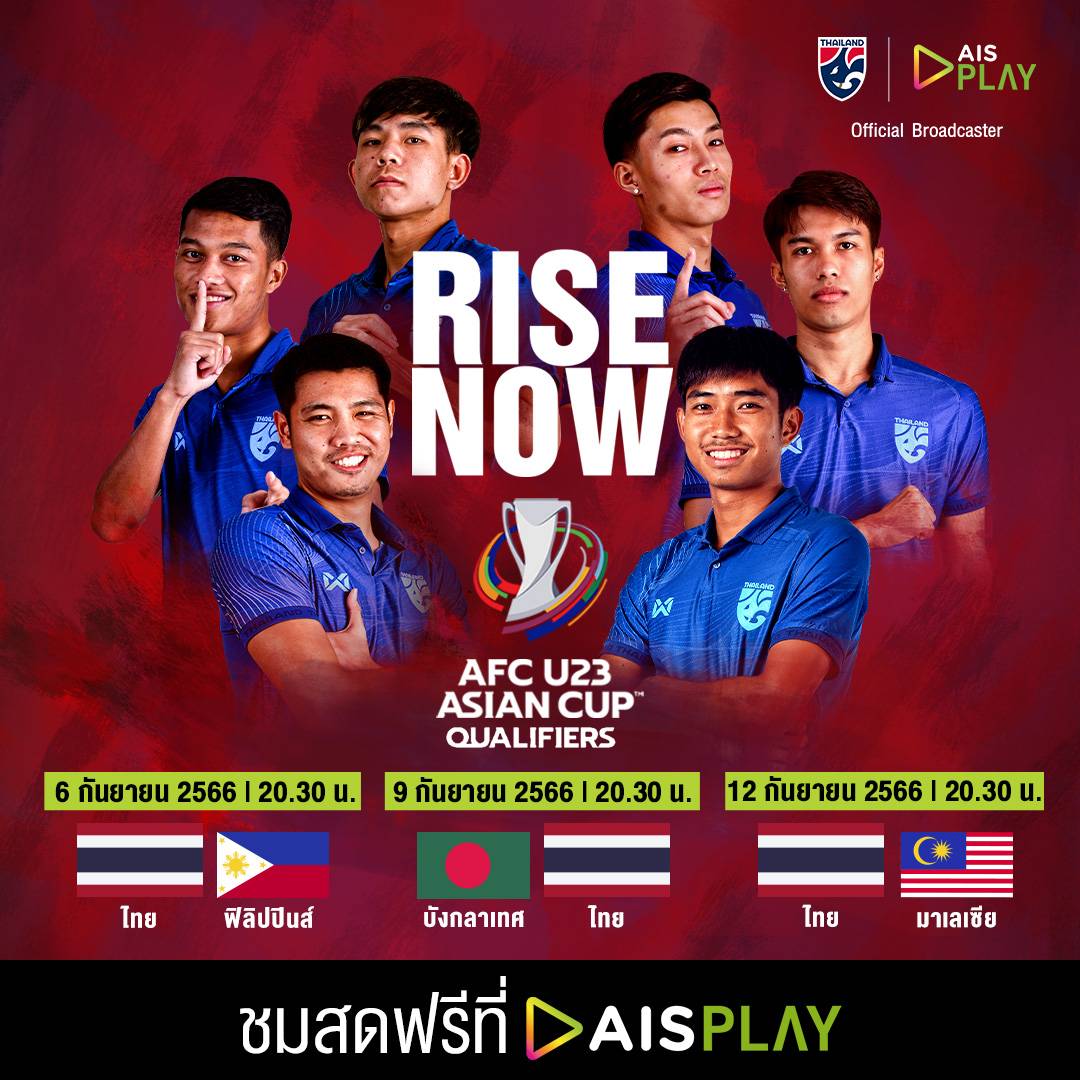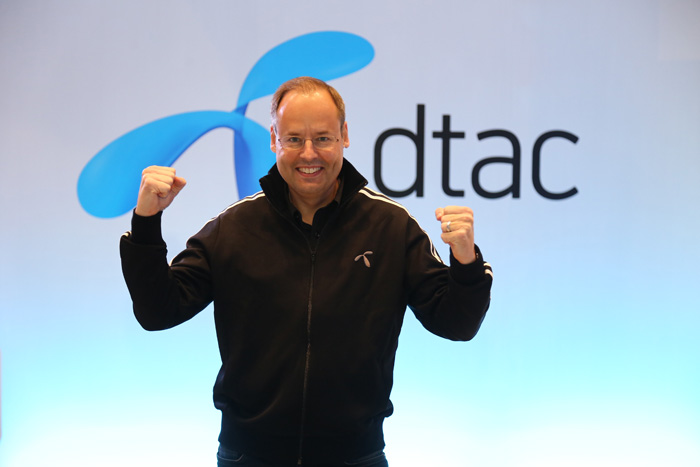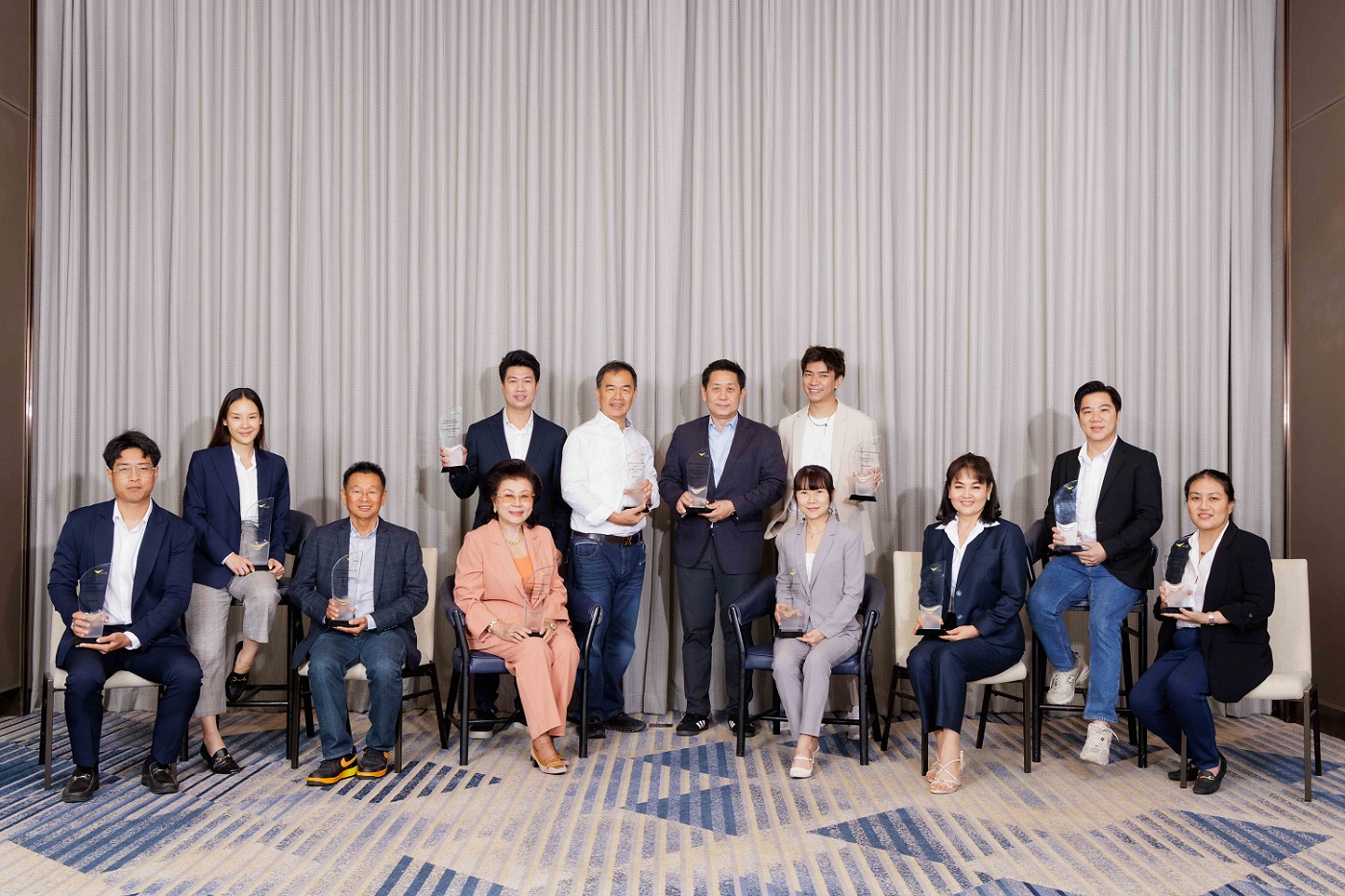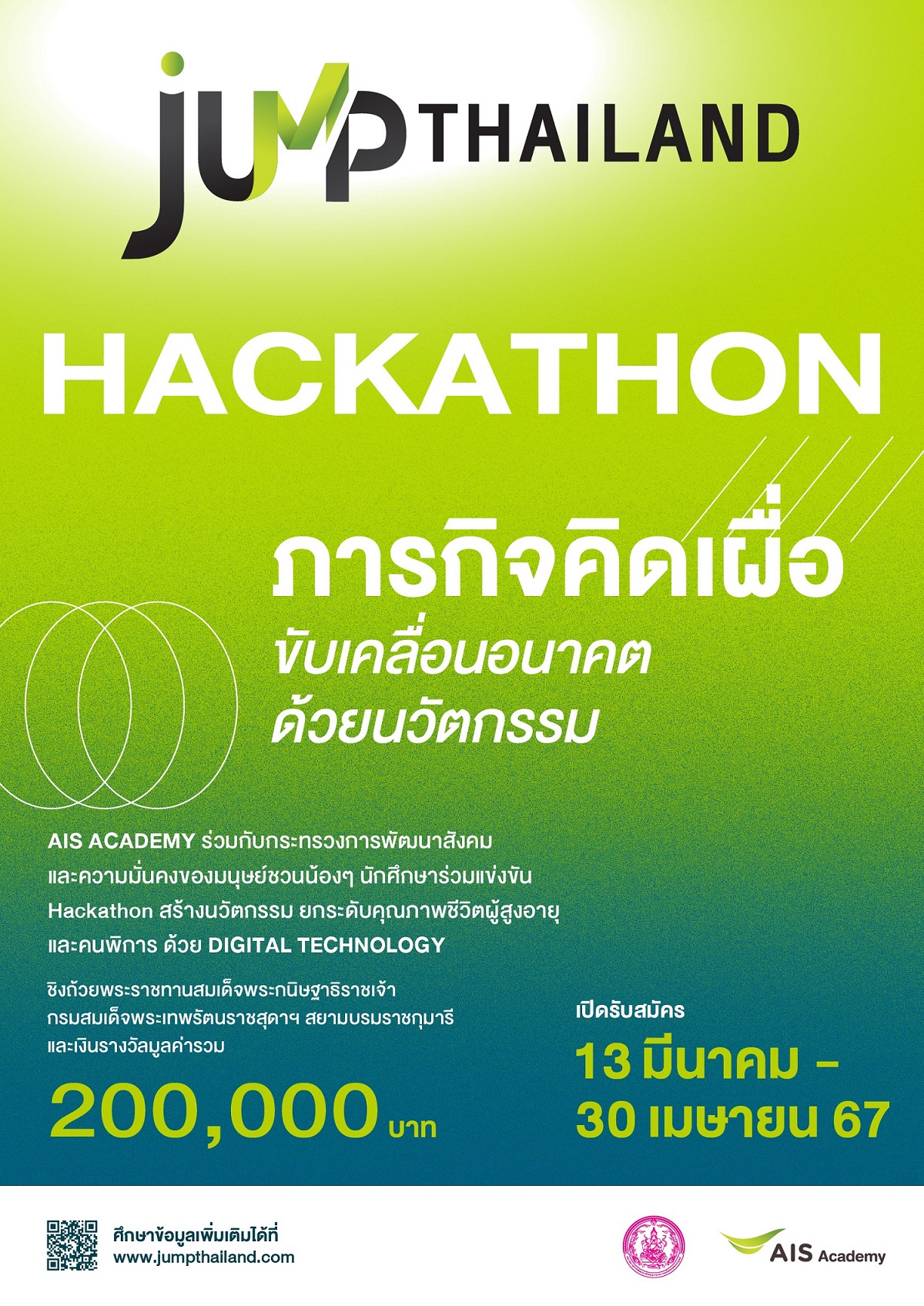ดีแทคเร่งเดินหน้าสู่องค์กรดิจิทัล ทิ้ง KPIs ปรับการประเมินผลงานแบบใหม่ไร้ Rating โฟกัสที่จุดแข็งของพนักงาน
ดีแทคเป็นผู้นำองค์กรขนาดใหญ่ที่ประกาศเลิกใช้ตัวชี้วัดประสิทธิภาพการทำงาน (KPIs) และการให้คะแนนผลงาน(Performance Rating) ในแบบเดิม หันมาวัดผลงานจากผลลัพธ์ที่ส่งผลต่อลูกค้าและธุรกิจ โดยส่งเสริมการพัฒนาบุคคลกรผ่านการใช้จุดแข็งของพนักงาน(Strength based development) เพื่อสร้างความแตกต่างและขยับใกล้ความเป็นดิจิทัล
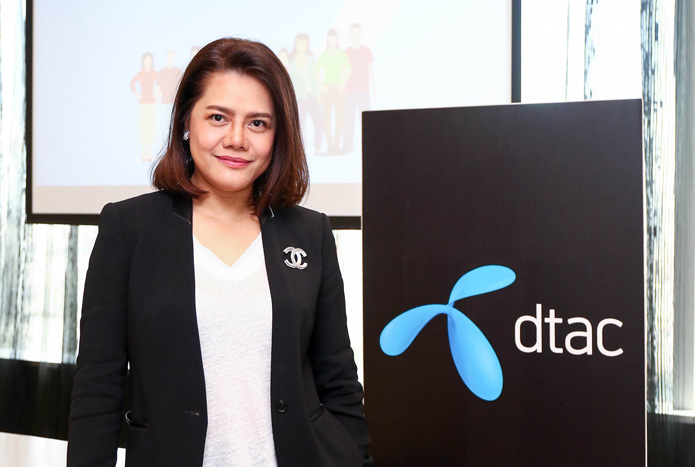 ดีแทคประกาศปรับวิธีการประเมินผลการทำงาน โดยเริ่มจากการยกเลิกวิธีกำหนดเป้าหมายด้วยตัวชี้วัด (KPIs) ซึ่งถือเป็นระบบที่ถูกใช้กันอย่างแพร่หลายในองค์กรขนาดใหญ่ และเลือกใช้การกำหนดเป้าหมายจากผลลัพธ์ที่จะส่งผลต่อองค์กรแทน ความยืดหยุ่นและสนับสนุนการเปลี่ยนแปลงที่เกิดขึ้นอย่างรวดเร็วในยุคดิจิทัล ไม่เพียงยกเลิก (KPIs) ดีแทคยังยกเลิกการให้คะแนนผลงานแบบ Performance Rating และใช้การวัดผลลัพธ์ของงานว่าส่งผลมากน้อยต่อลูกค้าและองค์กรอย่างไร
ดีแทคประกาศปรับวิธีการประเมินผลการทำงาน โดยเริ่มจากการยกเลิกวิธีกำหนดเป้าหมายด้วยตัวชี้วัด (KPIs) ซึ่งถือเป็นระบบที่ถูกใช้กันอย่างแพร่หลายในองค์กรขนาดใหญ่ และเลือกใช้การกำหนดเป้าหมายจากผลลัพธ์ที่จะส่งผลต่อองค์กรแทน ความยืดหยุ่นและสนับสนุนการเปลี่ยนแปลงที่เกิดขึ้นอย่างรวดเร็วในยุคดิจิทัล ไม่เพียงยกเลิก (KPIs) ดีแทคยังยกเลิกการให้คะแนนผลงานแบบ Performance Rating และใช้การวัดผลลัพธ์ของงานว่าส่งผลมากน้อยต่อลูกค้าและองค์กรอย่างไร
การปรับระบบการประเมินครั้งนี้ของดีแทคถูกขับเคลื่อนและสนับสนุนโดยเน้นการพัฒนาศักยภาพของพนักงานจากจุดแข็งทั้งตัวผู้บังคับบัญชา พนักงานและเพื่อนร่วมงานจะมีบทบาทสำคัญในการร่วมเสริมสร้างจุดแข็งเพราะระบบการประเมินแบบใหม่ จะเปิดโอกาสให้ทุกฝ่ายได้มีการพูดคุยและแลกเปลี่ยนกันตลอดทั้งปีอย่างสม่ำเสมอ ไม่ใช่เพียงปีละสองครั้งในรูปแบบเก่า ซึ่งระบบใหม่นี้มีจุดมุ่งหมายเพื่อเพิ่มการมีส่วนร่วมและแรงจูงใจในการทำงานของพนักงานที่มีแนวโน้มการทำงานแบบโปรเจคและข้ามสายงานมากขึ้น
นางสาวนาฏฤดี อาจหาญวงศ์ รองประธานเจ้าหน้าที่บริหาร กลุ่มงานบริหารทรัพยากรบุคคล ของดีแทค กล่าวว่า “ดีแทคเป็นบริษัทขนาดใหญ่รายแรกๆของประเทศไทยที่ยกเลิกการประเมินผลงานรายปีที่ใช้ KPIs ยกเลิกการประเมินแบบให้คะแนนตามเกณฑ์ (Performance rating) แต่ยังคงมีการกำหนดเป้าหมายในการสร้างผลงาน ซึ่งผลตอบรับของพนักงานเป็นไปในทางบวกคือทั้งหัวหน้าและพนักงานก็ชอบระบบใหม่นี้ ส่วนการพัฒนาโดยใช้จุดแข็ง ทำให้การพูดคุยของหัวหน้าและพนักงานเป็นไปในเชิงบวก พนักงานมีความเข้าใจและสามารถเชื่อมโยงเป้าหมายให้สอดคล้องกับเป้าหมายใหญ่ขององค์กรได้อย่างชัดเจนขึ้น
 และเปิดโอกาสให้พนักงานใช้ศักยภาพจากสิ่งที่ถนัดและทำได้ดี มากกว่าไปมุ่งพัฒนาจุดอ่อนที่ต้องอาศัยเวลามากกว่าและยากกว่าหลายเท่า เราจึงเน้นให้ทุกคนค้นหาและพัฒนาจุดแข็งแทนที่จะมาเน้นว่าใครเป็นคนที่ทำงาน “ต่ำกว่าเป้าหมาย” “ตรงตามเป้าหมาย” หรือ “สูงกว่าเป้าหมาย”
และเปิดโอกาสให้พนักงานใช้ศักยภาพจากสิ่งที่ถนัดและทำได้ดี มากกว่าไปมุ่งพัฒนาจุดอ่อนที่ต้องอาศัยเวลามากกว่าและยากกว่าหลายเท่า เราจึงเน้นให้ทุกคนค้นหาและพัฒนาจุดแข็งแทนที่จะมาเน้นว่าใครเป็นคนที่ทำงาน “ต่ำกว่าเป้าหมาย” “ตรงตามเป้าหมาย” หรือ “สูงกว่าเป้าหมาย”
“เรามีการตั้งคำถามง่าย ๆ ‘คุณจะสามารถเพิ่มมูลค่าให้กับบริษัทได้อย่างไร?’ ซึ่งเป็นการมองไปข้างหน้า ด้วยทัศนคติเชิงบวก เรากำลังมองหาสิ่งที่ถูกต้อง ไม่ใช่ความผิดพลาดในตัวพนักงานของเรา ซึ่งผลตอบรับดีมาก ทำให้การประเมินผลง่ายขึ้นและสร้างสรรค์” นางสาวนาฏฤดีกล่าว
การพัฒนาจุดแข็งเพื่อเพิ่มศักยภาพ:
- มุ่งเน้นที่ความสามารถของพนักงานแต่ละคน มากกว่าการจัดอันดับ
- ส่งเสริมให้มีการพูดคุยและให้คำแนะนำเป็นประจำ และทันท่วงที
- รับฟังความคิดเห็นแบบ 360 องศา ไม่ใช่จากผู้บังคับบัญชาเพียงคนเดียว
- ให้ความสำคัญกับการเติบโตก้าวหน้าของพนักงาน มากกว่าพิจารณาจากผลงานเพียงอย่างเดียว
“แน่นอนว่าเรายังคงต้องอิงตามผลงานในการพิจารณาปรับเงินเดือนและเลื่อนตำแหน่ง แต่มันมีส่วนประกอบอื่นๆด้วย เช่นความคิดเห็นจากคนที่ร่วมงานด้วย แทนที่จะเป็นการประเมินจากคน ๆ เดียวแบบที่ผ่านมา ซึ่งมันมีความยุติธรรมมากกว่าและสามารถสร้างแรงกระตุ้นได้มากขึ้น” นางสาวนาฏฤดีกล่าว
ดีแทคได้เริ่มใช้ระบบการประเมินผลแบบเน้นการพัฒนาจุดแข็งเมื่อต้นปี 2561:
- ดีแทคได้อบรมการประเมินผลแบบใหม่ กับพนักงานกว่า 2,000 คนและหัวหน้างานกว่า 500 คน
- พนักงาน 3,600 คน ได้ผ่านการอบรม CliftonStrengths ซึ่งเป็นการประเมินและรับทราบถึงจุดแข็งของตัวเอง
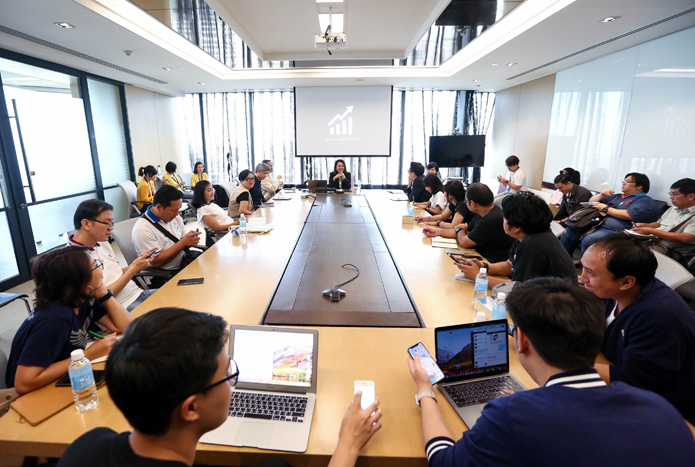 ระบบใหม่นี้เป็นส่วนหนึ่งของความพยายามในการสร้างความเปลี่ยนแปลงของดีแทค โดยในปี 2560 บริษัทได้นำเอากระบวนการทำงานแบบอะไจล์ (Agile)เข้ามาใช้ในการทำงาน ซึ่งเป็นหนึ่งในกิจกรรมภายใต้แคมเปญ “Flip It Challenge” ที่เกิดขึ้นเพื่อระดมความคิดใหม่ ๆ และนำเอาเครื่องมือดิจิทัลเข้ามาใช้แก้ปัญหาของลูกค้าและพนักงาน สำหรับในปี 2561 นี้ ดีแทคได้เปิดตัวโครงการ “40-hour Challenge” เพื่อสนับสนุนให้พนักงานได้พัฒนาทักษะด้านดิจิทัลผ่านระบบออนไลน์ เช่น dtac Academy และ Telenor Campus
ระบบใหม่นี้เป็นส่วนหนึ่งของความพยายามในการสร้างความเปลี่ยนแปลงของดีแทค โดยในปี 2560 บริษัทได้นำเอากระบวนการทำงานแบบอะไจล์ (Agile)เข้ามาใช้ในการทำงาน ซึ่งเป็นหนึ่งในกิจกรรมภายใต้แคมเปญ “Flip It Challenge” ที่เกิดขึ้นเพื่อระดมความคิดใหม่ ๆ และนำเอาเครื่องมือดิจิทัลเข้ามาใช้แก้ปัญหาของลูกค้าและพนักงาน สำหรับในปี 2561 นี้ ดีแทคได้เปิดตัวโครงการ “40-hour Challenge” เพื่อสนับสนุนให้พนักงานได้พัฒนาทักษะด้านดิจิทัลผ่านระบบออนไลน์ เช่น dtac Academy และ Telenor Campus
KPI มีอยู่หลากหลายรูปแบบ และถูกเริ่มใช้มาตั้งแต่ต้นยุคอุตสาหกรรมและกลายมาเป็นมาตรฐานสำคัญในการวัดประสิทธิภาพ แต่การเปลี่ยนแปลงที่เกิดขึ้นอย่างรวดเร็ว และรูปแบบการทำงานแบบใหม่ ๆ เช่น “Agile Teams” ได้ส่งผลให้การประเมินผลโดยอิงตาม KPI กลายเป็นวิธีการที่ล้าสมัย
ตลอดระยะเวลาเกือบ 20 ปีที่ผ่านมา Google ใช้การตั้งวัตถุประสงค์และผลลัพธ์หลักในการทำงาน (Objectives and Key Results – OKR) เช่นเดียวกันกับTwitter และ LinkedIn ซึ่งแนวโน้มนี้ได้เริ่มแพร่หลายในวงกว้างไปสู่บริษัทนอกวงการเทคโนโลยี โดยในปี 2558 บริษัทที่ปรึกษาที่ชั้นนำหลายแห่งได้ดำเนินรอยตาม Microsoft, Adobe, Gap, Medtronic และอื่น ๆ ในการยกเลิกระบบการประเมินผลแบบเก่า แต่ทั้งนี้ สำนักงานของบริษัทเหล่านั้นในประเทศไทยยังไม่ได้เริ่มปฏิบัติตามแนวทางนั้น
นางสาวนาฏฤดีกล่าวว่า “การกล้าที่จะปรับเปลี่ยนและทดลองสิ่งใหม่ รวมถึงการใช้จุดแข็งเพื่อเพิ่มศักยภาพเป็นหัวใจสำคัญของการเปลี่ยนแปลงสู่ดิจิทัล และช่วยให้ทั้งบริษัทและพนักงานของเรา สามารถรักษาบทบาทและความสำคัญในอุตสาหกรรม ท่ามกลางความเปลี่ยนแปลงอย่างรวดเร็วและรุนแรง”
dtac accelerates its digital transformation with strengths-based development
dtac is leading the way for major corporations to abandon performance ratings and help their employees grow instead.
dtac has announced the implementation of a new strengths-based development program for its employees. The system encourages managers to coach employees on their strengths, and supports the company’s digital transformation to a more project-based way of work. The new system aims to produce higher engagement and self-motivation among employees.
Strengths-based development represents a radical departure from traditional annual reviews, which rate employees based on key performance indicators (KPIs), and remain the most commonly used performance management system in Thailand’s large corporations.
“dtac is a leader in redefining performance management. For a company of our size to drop traditional annual performance reviews based on KPIs is very new in Thailand. And I think most of our employees are cheering the end of the old ‘meets, below, exceeds’ performance ratings,” said Chief People Group Officer Nardrerdee Arj-harnwongse. “dtac’s new strengths-based development is much better suited to an agile, digital and cross-functional workplace.”
Strengths-based development enables ongoing, 360-degree feedback from every level of the organization. It also focuses on finding and developing employee strengths rather than the KPI model which divides employees into three arbitrary buckets: below, meets and exceeds expectations.
“Strengths-based development allows us to focus on how each employee can add more value to the company. It’s forward looking and it’s positive. We’re looking for what’s right, not what’s wrong, in our employees,” said Nardrerdee. “The feedback has been really good. It makes the conversation between managers and employees easier and more constructive.”
Strengths-based development:
- Focuses on individual employees’ rather than ranking them against one another.
- Promotes ongoing feedback and coaching that can be provided quickly.
- Provides a 360-degree view, not just the opinion of one manager.
- Focuses on growing in the future, rather than dwelling on how employees behaved in the past.
“Of course, we still review employee performance when determining compensation and promotions. But that view will now be based on regular feedback from a number of people, rather than a one-off assessment by a single person,” said Nardredree. “It’s fairer, and it’s more motivating.”
The dtac strengths-based development system launched in early 2018.
- Over 2,000 employees including over 500 line managers have received training on dtac’s new performance management system.
- Over 3,600 employees also underwent training to identify their strengths.
The new system is part of a wider transformation effort undergone by dtac. In 2017, the company introduced its employees to “agile” workflows through the Flip It Challenge, a competition for disruptive ideas to remove customer and employee pain points by using digital tools. In 2018, employees were given a new objective, the “40-hour Challenge,” to encourage them to grow their digital skills via the learning resources at their disposal, such as dtac Academy and Telenor Campus.
KPIs have existed in various forms since the beginning of the industrial era. In 1992, the Balance Scorecard became the golden standard of performance management. But the acceleration of change and the emergence of new work models, such as “agile teams,” is making KPI-driven performance reviews obsolete. Google has used OKRs (objectives and key results, also in use at Twitter and Linkedin) for nearly 20 years.
The trend is now spreading beyond tech companies. In 2015, major consulting firms Accenture and Deloitte joined Microsoft, Adobe, Gap, Medtronic and others in abandoning their old review systems. Large local offices of global organizations in Thailand have not yet followed suit, meaning KPIs are still the standard in the country’s leading companies.
“Strengths-based development is a key enabler of digital transformation,” said Nardredree. “It’s good both for dtac and for our employees, who can continuously grow in their careers despite the industry’s rapid changes.”
เรื่องที่เกี่ยวข้อง
-
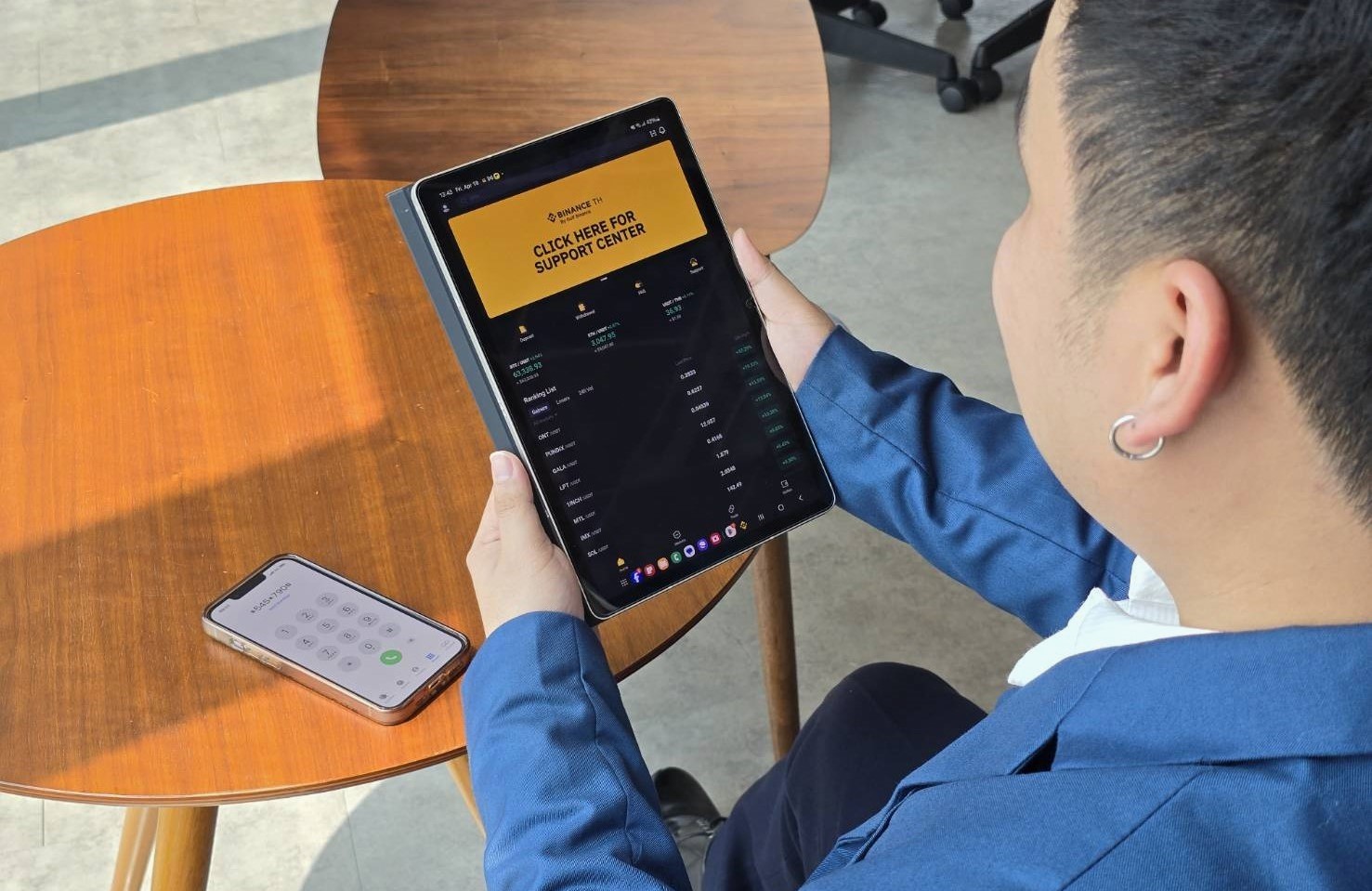 AIS จับมือ Gulf Binance จับเทรนด์สินทรัพย์ดิจิทัล มอบสิทธิพิเศษสำหรับลูกค้า AIS รายเดือนเท่านั้นเปิด...
AIS จับมือ Gulf Binance จับเทรนด์สินทรัพย์ดิจิทัล มอบสิทธิพิเศษสำหรับลูกค้า AIS รายเดือนเท่านั้นเปิด...
-
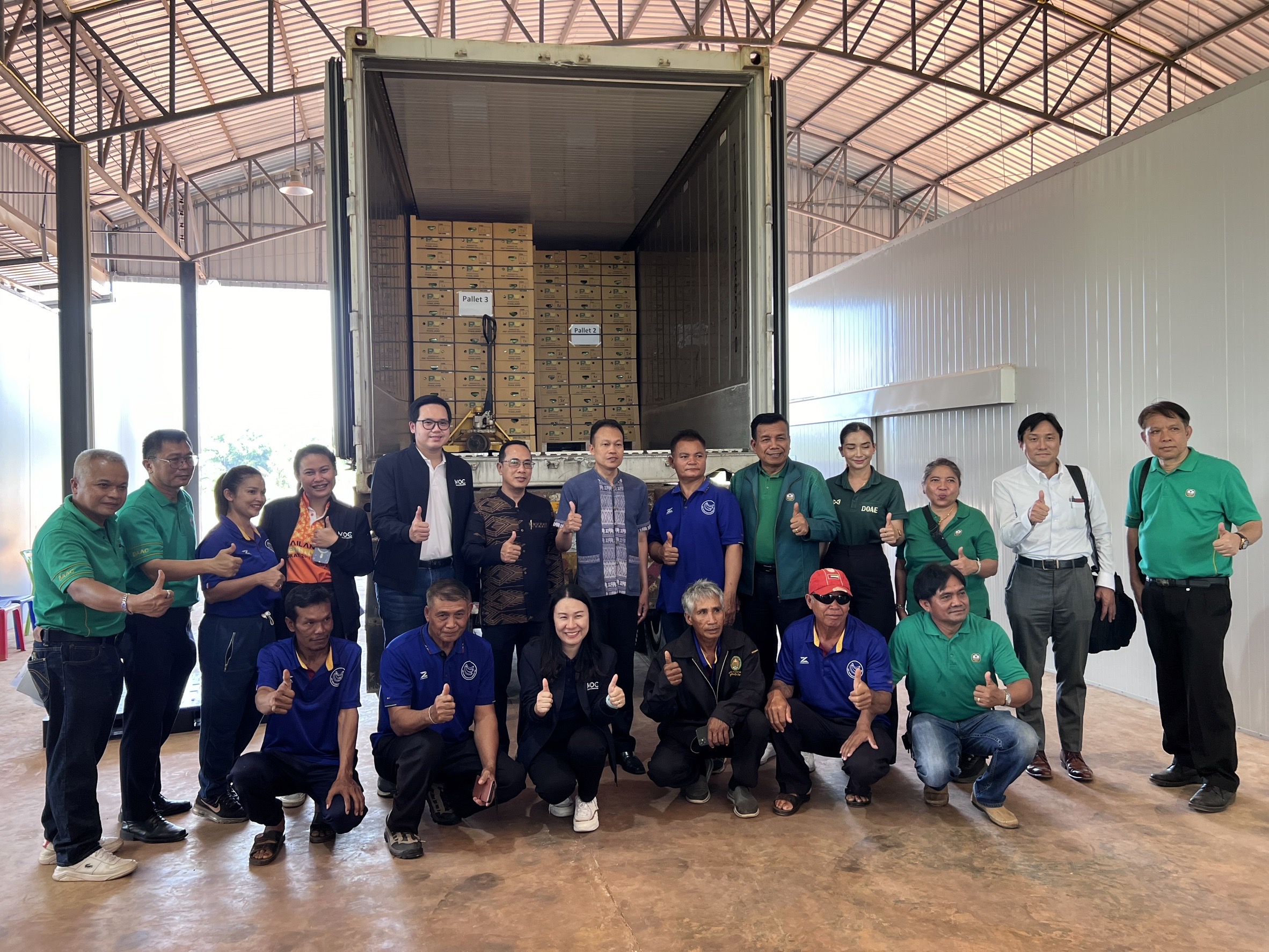 ส่งล็อตแรก!่”กล้วยหอมทอง”โคราชส่งขายญี่ปุ่นแล้ว รมช.พาณิชย์สั่งทีมพาณิชย์เร่งดันส่งออกเพ...
ส่งล็อตแรก!่”กล้วยหอมทอง”โคราชส่งขายญี่ปุ่นแล้ว รมช.พาณิชย์สั่งทีมพาณิชย์เร่งดันส่งออกเพ...
-
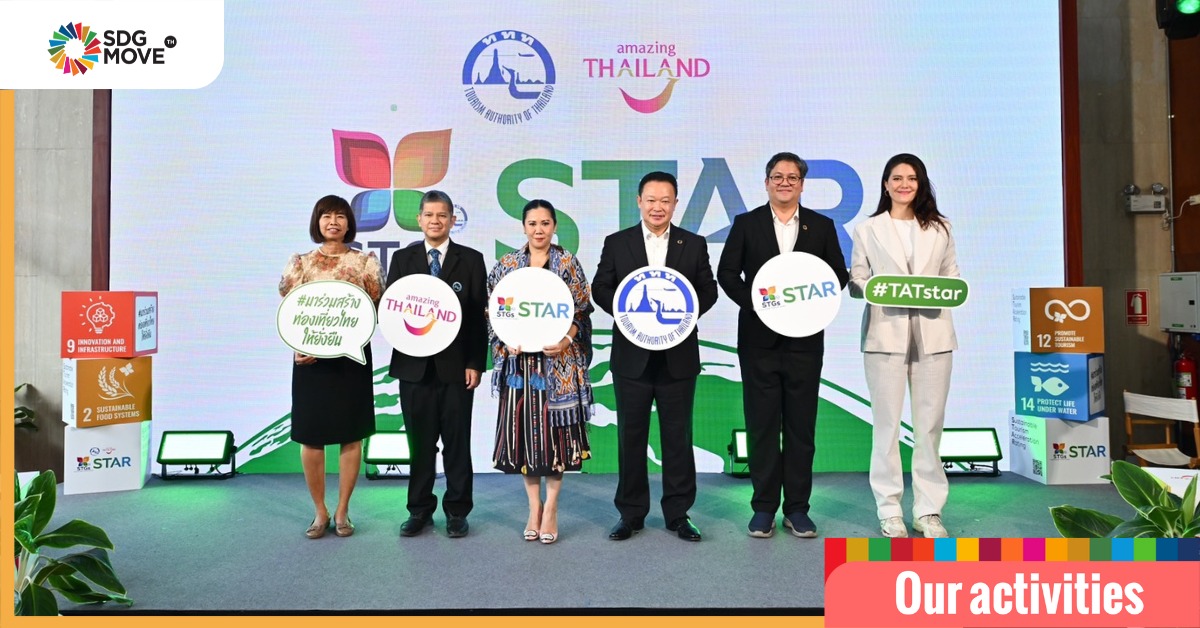 เซ็นทรัลโคราชคว้า 5 ดาวแห่งความยั่งยันด้านท่องเที่ยว Center of Life ศูนย์กลางการใช้ชีวิตได้อย่างบูรณ...
เซ็นทรัลโคราชคว้า 5 ดาวแห่งความยั่งยันด้านท่องเที่ยว Center of Life ศูนย์กลางการใช้ชีวิตได้อย่างบูรณ...
-
 นับถอยหลัง! งานมหกรรมกาแฟแห่งปี Esan Coffee Fair 2024ยกทัพร้านแบรนด์ดังมาเสิร์ฟชาวอีสาน...
นับถอยหลัง! งานมหกรรมกาแฟแห่งปี Esan Coffee Fair 2024ยกทัพร้านแบรนด์ดังมาเสิร์ฟชาวอีสาน...
-
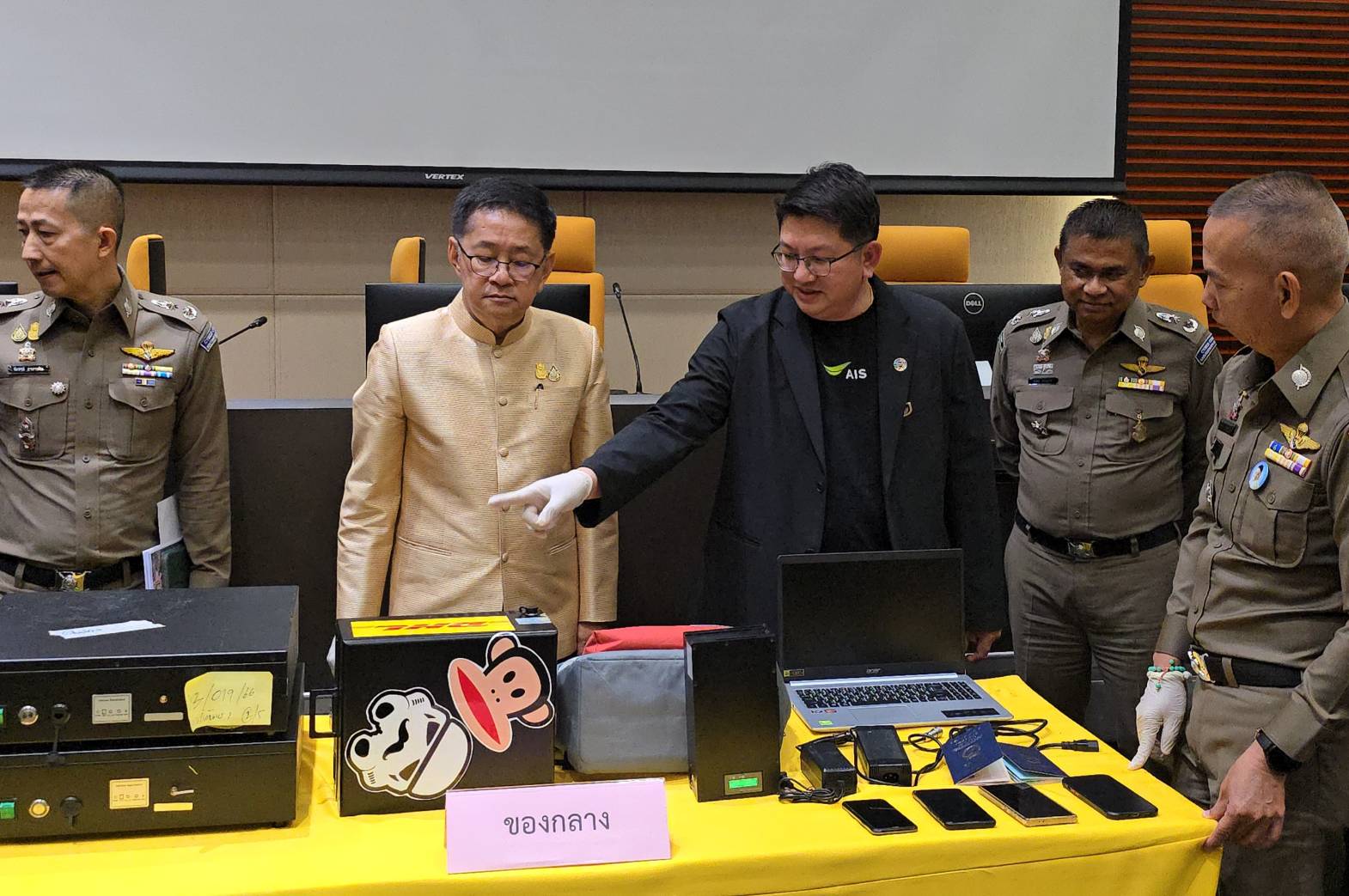 ปฏิบัติการ“ตัดขาแก๊งคอลจีนเทา”สะพายเป้ใส่เครื่องเกี่ยวสัญญาณ ตระเวณส่ง sms หลอกเหยื่อ...
ปฏิบัติการ“ตัดขาแก๊งคอลจีนเทา”สะพายเป้ใส่เครื่องเกี่ยวสัญญาณ ตระเวณส่ง sms หลอกเหยื่อ...





